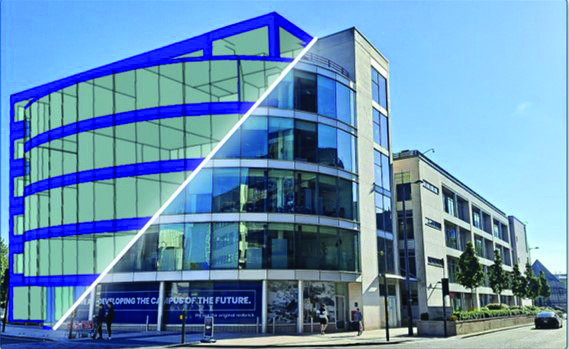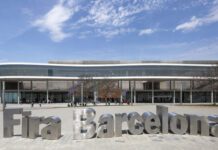
A new tool for optimising the operational performance of buildings has been used as part of a project at the University of Liverpool, resulting in operational cost savings of £25,000 and energy consumption reductions of 23%.
Glasgow-based climate technology firm, IES, is working in partnership with the university by using the software suite IES Live to evaluat in real-time the impact of an ongoing HVAC refurbishment project for one of its campus buildings.
The project is one of the first to utilise the first-of-its-kind tool which connects live operational data from a building to a calibrated digital twin. Aimed at facilities managers, it equips teams with a single pane view of live operational performance metrics via the cloud.
A digital twin was created to realise the savings, evaluate the performance of the campus building and identify the required improvements to enhance efficiency.
The digital twin was used to test various refurbishment scenarios and identify those that would be most effective in generating energy, carbon, and cost savings. Once the selected improvements had been made to the building, the digital twin was upgraded by connecting live data from the BMS and energy meters, enabling the model to be calibrated to match measured data on an hourly basis. The updated model highlighted additional interventions to optimise operational performance and move towards decarbonisation.
The university’s facilities management team is now using this operational performance digital twin to continually monitor and improve the building. Benchmarking against the simulated baseline, the university can track performance and gain improvement insights for energy, carbon, and comfort. Additionally, the ongoing impact of the refurbishment can be measured and verified.
The live feature also helps to prevent operational drift, whereby the performance of building systems degrades over time, as any issues will be flagged and can be fixed before they begin to have an impact.
Valeria Ferrando, Associate Director at IES, said there had been “a gap in the market for a tool that can connect live operational data, providing continuous insights and giving energy management teams a holistic view of how their building is performing.”






